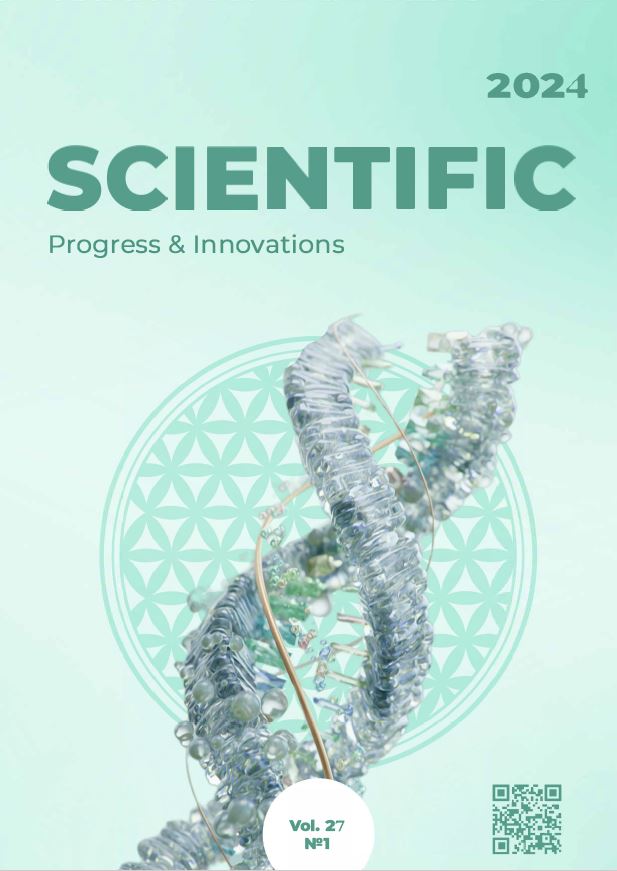Organoleptic parameters and chemical composition of turkey meat in the presence of keel "mins."
DOI:
https://doi.org/10.31210/spi2024.27.01.33Keywords:
turkeys, chemical composition of meat, organoleptic parameters of meat, amino acids, proteins, lipids, minerals, dry matter, caloric contentAbstract
The purpose of the work was to conduct an organoleptic evaluation and analysis of the chemical composition and caloric content of the meat of turkeys with keel “mins”" and to compare the obtained results with normative values and indicators of healthy poultry. During the research, it was established that the presence of “mins” in turkeys led to a decrease in their pre-slaughter weight by 1,499.8 g and 2,125.5 g in the weight of the cartridge carcass. Compared to healthy poultry, the mass of the sternum before its stripping and after removing the "mins", back (p<0.05), thighs (p<0.01), legs (p<0.05) and wings and the indicated differences were 5.3, 9.1, 13.8, 15.9, 17.4 and 8.7 %. The meat of healthy poultry and the broth cooked from it significantly exceeded the analogs obtained from poultry with "min" regarding organoleptic indicators. In particular, when evaluating meat on a 5-point scale, probably higher results (р<0.001) were obtained for indicators characterizing its appearance, color, smell, tenderness, taste, and juiciness, and the established difference was, respectively, 0.9, 1,1, 1.7, 1.9, 1.3 and 1.7 points. Based on the tasting evaluation of the broth, probable differences were established only in terms of strength, color, and smell. In terms of richness, taste, and transparency, the broth from the meat of healthy turkeys had an advantage of 0.6, 1.2, and 2.3 points, respectively. The overall evaluation of the meat of healthy turkeys and the broth made from it was higher by 1.7 points. The presence of “mins” led to an increase in the amount of water in the pectoral muscles of turkeys by 21.3 % (р<0.001) and a decrease by 17.3 % of dry matter (р<0.05), by 26.5 % of protein (р<0.001), by 17.1 % of mineral substances (р<0.05) and by 0.5 % of lipids. In the thigh muscles, the amount of water was higher by 6.7 % (р<0.001), and the content of dry matter was lower by 19 % (р<0.05), protein by 10.9 %, minerals by 29 % (р<0.05) and lipids by 16 %. Regarding calories, healthy poultry brisket and thigh meat were superior to similar meat obtained from poultry with meat by 144.84 and 85.2 Kj. The content of essential and replaceable amino acids in turkeys' pectoral and femoral muscles with keel “mins” was lower than in healthy poultry. Probable differences in the number of essential amino acids in the sternum were based on the content of leucine (p<0.05), lysine (p<0.01), threonine (p<0.05), and phenylalanine (p<0.05), and in femoral m of methionine (р<0.05). Of the replaceable amino acids, the content of glutamic acid (p<0.001), oxyproline (p<0.05), and cystine (p<0.05) were probably lower in the sternum and glutamic acid in the thigh muscles (p<0.001). The total content of amino acids in the sternum of the affected poultry was lower by 10.3 % and in the thigh muscles by 5.6 %, compared to healthy poultry.

 Creative Commons Attribution 4.0 International Licens
Creative Commons Attribution 4.0 International Licens